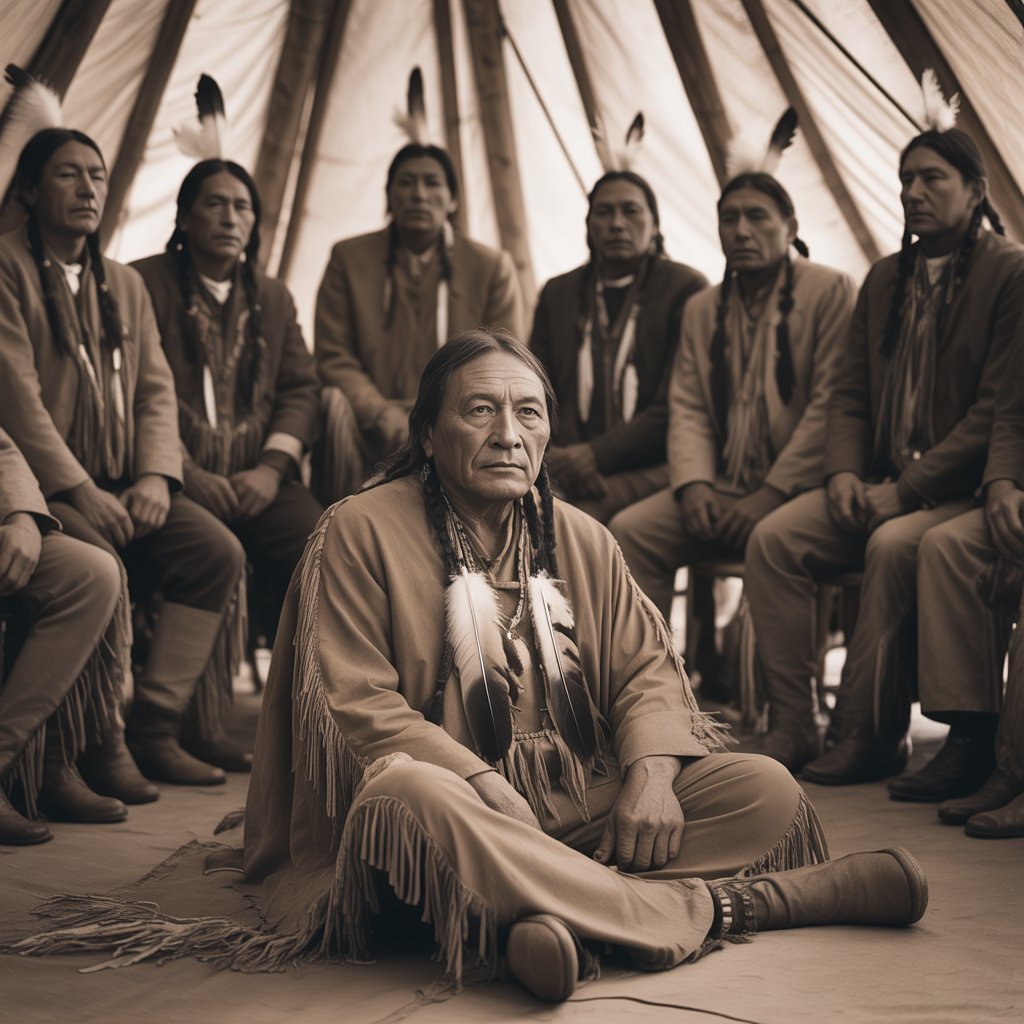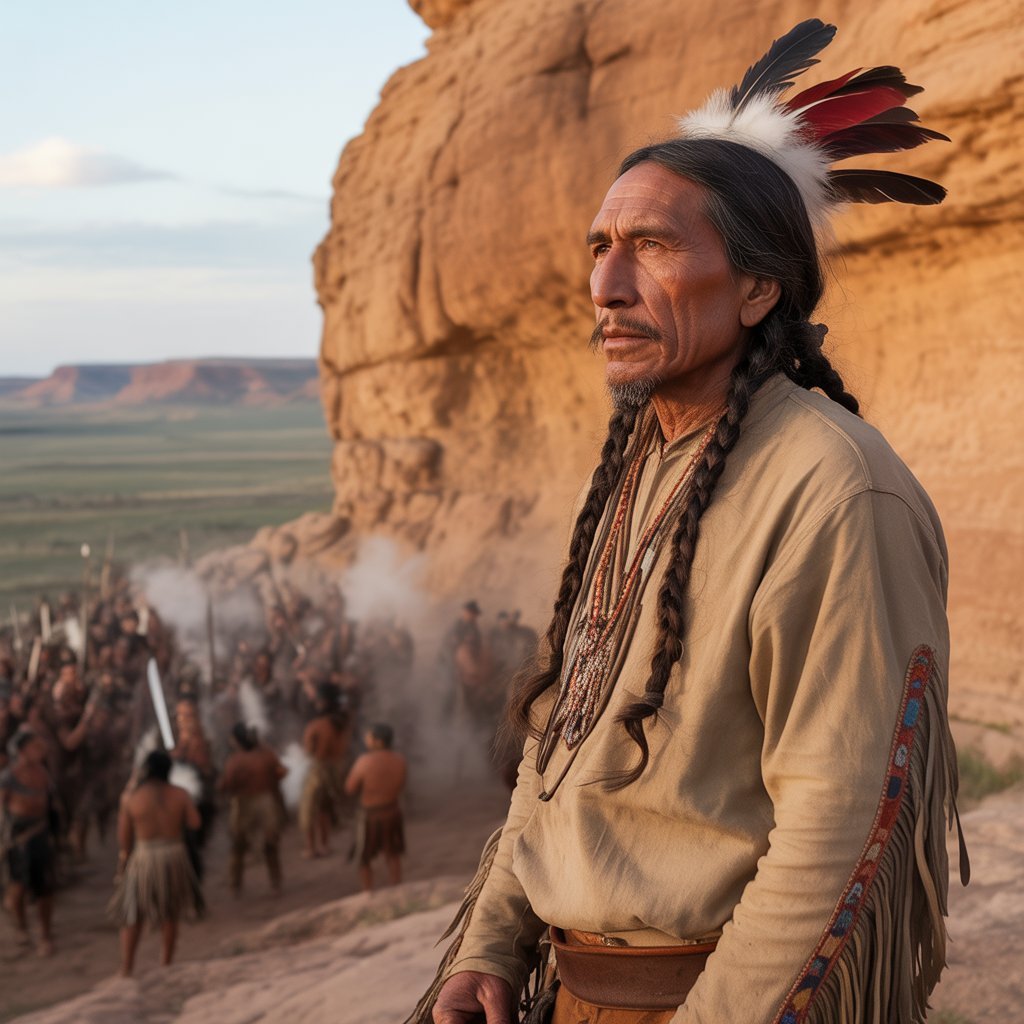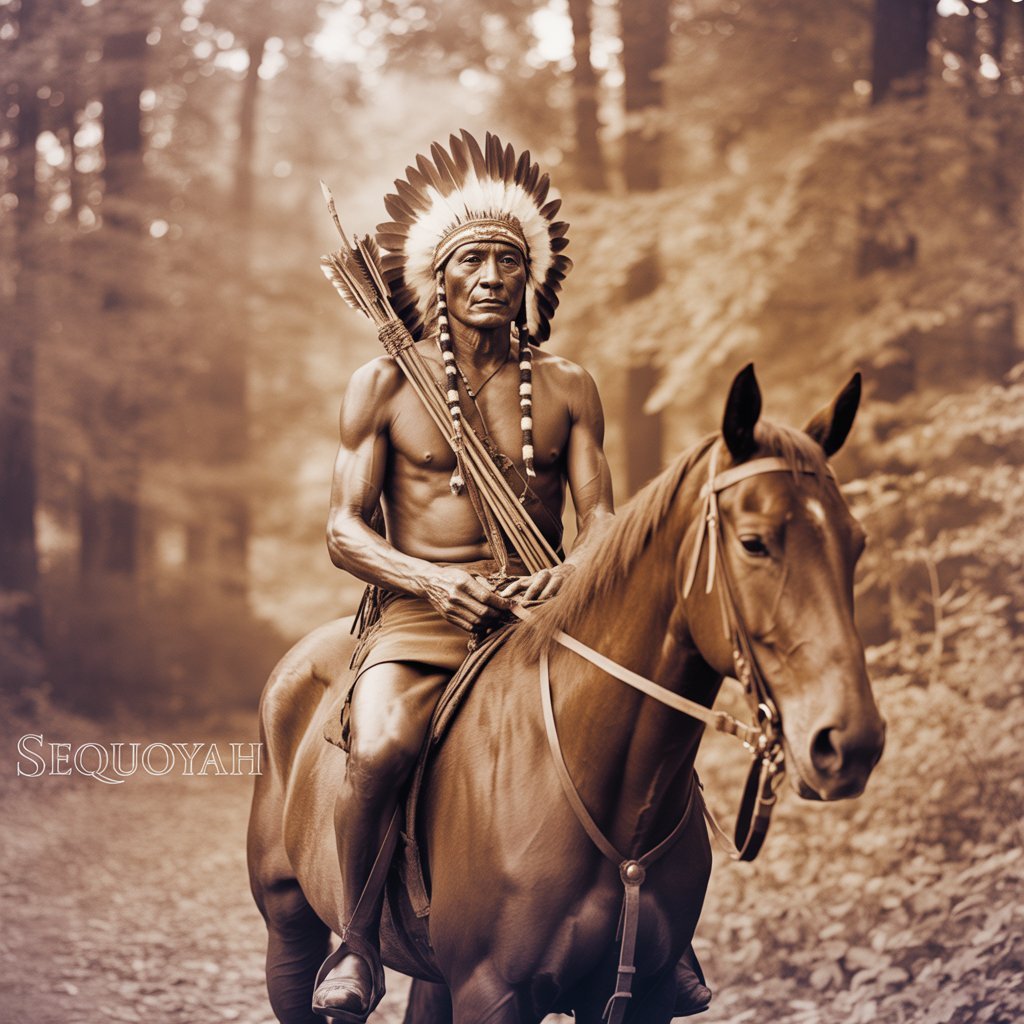The vast and varied landscape of North America was, for millennia, the exclusive domain of its Indigenous peoples. Across plains, mountains, forests, and deserts, diverse nations thrived, each with unique cultures, languages, and spiritual beliefs. Among them arose leaders of extraordinary vision, courage, and wisdom – the Great Indian Chiefs. Their greatness was forged in the crucible of their times, often in response to the existential threats posed by European colonization, but also in the defense and advancement of their peoples’ ways of life. Their stories, though often tragic, illuminate the profound resilience, strategic brilliance, and moral fortitude that defined their leadership.
One cannot speak of great chiefs without first acknowledging the foundational role of Tȟatȟáŋka Íyotake, or Sitting Bull, of the Hunkpapa Lakota. Born around 1831 near the Grand River in what is now South Dakota, Sitting Bull’s greatness lay in his unwavering spiritual conviction and his fierce determination to preserve his people’s traditional way of life against the relentless westward expansion of the United States.3 He was not primarily a war chief in the traditional sense, though he was a formidable warrior and leader in battle. Rather, his power emanated from his deep connection to the spiritual world, his prophetic visions, and his ability to unite disparate Lakota and Cheyenne bands. His most famous moment came in June 1876, when his spiritual guidance and leadership played a pivotal role in the Lakota and Cheyenne victory over General George Armstrong Custer’s 7th Cavalry at the Battle of the Little Bighorn. This was a testament to his strategic acumen and his ability to inspire thousands of warriors. Despite this momentous victory, the tide of history was against them. Sitting Bull eventually surrendered in 1881, recognizing the futility of continued armed resistance against overwhelming odds. He was tragically killed in 1890 during an attempt to arrest him, a victim of the Ghost Dance movement’s suppression.5 His greatness was in his profound spiritual leadership, his unyielding defense of his people’s sovereignty, and his ability to inspire unity in the face of annihilation.

Contemporaneous with Sitting Bull, and equally iconic, was Mahpiya Lúta, or Red Cloud, of the Oglala Lakota.7 Born around 1822 near the Platte River, Red Cloud distinguished himself through his brilliant military strategy and his diplomatic prowess.8 His greatness was demonstrated in what became known as Red Cloud’s War (1866-1868), a conflict unique in its outcome.9 Unlike many other conflicts, Red Cloud’s War was a decisive Indigenous victory. He expertly orchestrated attacks on U.S. forts and supply trains along the Bozeman Trail, effectively shutting down this vital route for prospectors heading to the Montana goldfields.10 His strategic genius lay in his understanding of logistics and his ability to maintain relentless pressure on the U.S. forces. The U.S. government, realizing the futility of continued conflict, eventually acceded to Red Cloud’s demands, abandoning the forts and signing the Treaty of Fort Laramie in 1868.11 This treaty, though later violated, was a monumental achievement for Indigenous sovereignty, largely due to Red Cloud’s unwavering leadership. He spent the remainder of his long life advocating for his people, transitioning from a warrior to a diplomat, demonstrating that true greatness could involve both military might and persistent negotiation for the welfare of his tribe.12

Moving east, the forests of the Great Lakes region were home to the Anishinaabe, and from the Odawa (Ottawa) tribe emerged Obwandiyag, or Pontiac, born around 1720 near the Maumee River.13 Pontiac’s greatness stemmed from his audacious vision of inter-tribal unity and his leadership in the resistance against British expansion following the French and Indian War (Seven Years’ War).14 In 1763, he spearheaded “Pontiac’s War,” a coordinated uprising involving numerous tribes, including the Odawa, Ojibwe, Potawatomi, Huron, and others. His genius was in recognizing the common threat posed by the British and in his ability to forge a pan-Indian alliance, a concept rarely achieved on such a scale. The confederacy launched simultaneous attacks on British forts and settlements across the Great Lakes region, capturing several and besieging others, most notably Fort Detroit. While the uprising ultimately did not dislodge the British entirely, it forced them to re-evaluate their policies and led to the Royal Proclamation of 1763, which recognized Indigenous land rights and limited colonial expansion. Pontiac’s greatness lay in his ambitious political vision, his powerful oratorical skills, and his ability to inspire widespread resistance against a formidable imperial power.15
Further south, in the vast territories of the Cherokee Nation, lived Sequoyah, born around 1770 in Tuskegee, Tennessee. While not a chief in the traditional sense of a military or political leader, Sequoyah’s contribution to his people was so profound that his greatness surpasses many who held that title. A skilled silversmith, he recognized the power of the written word in the context of the encroaching American society. Over a decade, he single-handedly developed a syllabary for the Cherokee language, despite being illiterate himself in any language. Completed in 1821, this revolutionary writing system allowed thousands of Cherokee people to read and write their own language within a few years, leading to the rapid establishment of the Cherokee Phoenix newspaper, printed in both Cherokee and English, and the adoption of a written constitution.16 Sequoyah’s greatness lies in his intellectual genius, his dedication to the cultural preservation of his people, and his profound understanding that literacy was a key to their survival and self-determination in a rapidly changing world.17 His invention empowered the Cherokee to articulate their grievances, negotiate with the U.S. government on their own terms, and maintain their cultural identity despite immense external pressures.

Finally, the story of greatness would be incomplete without Goyaałé, or Geronimo, of the Bedonkohe Apache.18 Born in 1829 in what is now Arizona, Geronimo was not a chief by birthright, but a revered spiritual leader and war leader whose ferocity and unwavering resistance became legendary.19 His greatness emerged from a deeply personal and profound commitment to avenging the atrocities committed against his family and people by Mexican and American forces. From the 1850s to the 1880s, Geronimo led small bands of Apache warriors in daring raids and relentless evasion of vastly superior U.S. and Mexican armies.20 His tactical brilliance in guerrilla warfare, his knowledge of the harsh desert terrain, and his seemingly supernatural ability to elude capture made him a symbol of defiance. While his surrender in 1886 marked the end of the Apache Wars, Geronimo’s legacy as a fighter for freedom against overwhelming odds endures.21 His greatness was in his indomitable spirit, his refusal to submit, and his embodiment of the Apache’s fierce independence and resilience.
These Great Indian Chiefs, from Sitting Bull’s spiritual defiance to Red Cloud’s strategic mastery, Pontiac’s pan-tribal vision, Sequoyah’s intellectual revolution, and Geronimo’s unwavering resistance, were products of their times. They faced the immense challenges of colonial expansion, disease, and the systematic erosion of their ancestral lands and ways of life. Their greatness was born from their love for their people, their deep connection to their traditions, and their extraordinary courage in the face of overwhelming adversity. They were not flawless figures, but their stories offer profound lessons in leadership, resilience, and the enduring human spirit. Their legacies continue to inspire not only Indigenous peoples but all who strive for justice, self-determination, and the preservation of cultural heritage against the forces of assimilation and oppression. Their voices, though often silenced by history, resonate as powerful testaments to the strength and wisdom of the original inhabitants of this continent.